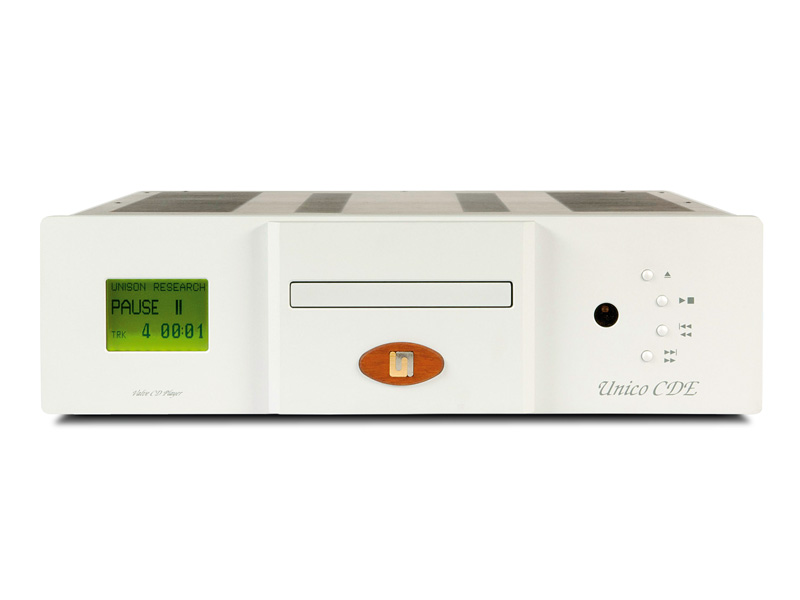TechRadar Verdict
This player has charm in spades, if you can live without clear cut edges
Pros
- +
Engaging, musical sound
- +
Strong tonal realism
Cons
- -
Not as exciting or precise as some
- -
Relatively low on features
Why you can trust TechRadar
Italians seem to love valve equipment. As a nation they produce a broad array of stylish glass-powered electronics; it must be something to do with the romance that valves bring out in music! Unison Research makes a number of amplifiers and three CD players, of which the Unico CDE Twin is the top dog.
In fact, it's slightly higher than that because it's the upgraded DAC-OP2 version of the Unico CDE. This is an optional upgrade to the standard CDE that costs £150 if you fit it yourself, but adds £175 to the price of the normal player.
It replaces a single Crystal DAC with a pair of Wolfson convertors, albeit leaving the Crystal in place (which allows you to switch between the two via the front panel), a unique if not entirely essential feature.
The CDE runs a TEAC transport through a Crystal digital interface to the Wolfson 24-bit/192kHz DACs, which run in dual-differential mode.

The glass can be found in the output stage, which has four ECC83 double triodes in a parallel cathode-follower arrangement. There is little chance, therefore, of running this thing in standby with less than a Watt.
On/off switching is placed on the right hand side of the case which seems perverse but keeps the bead-blasted facia minimal and with only four buttons, it's hardly busy. What gives it a bit of sparkle is the large backlit LCD display, which can be switched off if required.
- 1
- 2
Current page: Unison Research Unico CDE Twin: Overview
Next Page Unison Research Unico CDE Twin: sound quality
Ed Selley is a freelance writer who has been playing around with audio equipment – be it selling, supporting, marketing, installing or writing about it – for over 20 years. He worked with a variety of manufacturers before moving into reviewing over a decade ago and now writes about every category of equipment he can get his hands on. He owns more record players than any one human being strictly needs and an obsessively alphabetised record collection to use on it.
